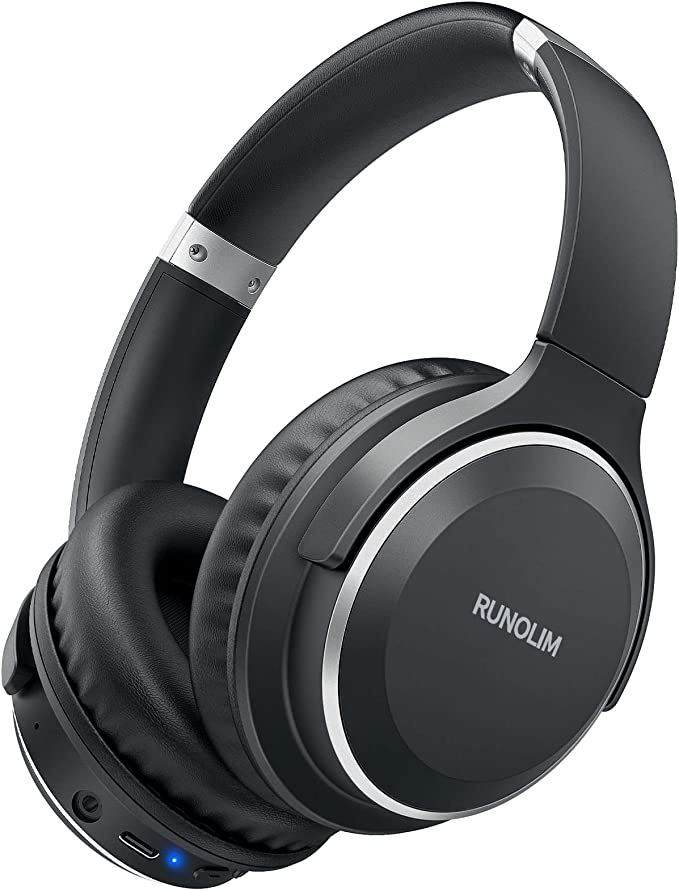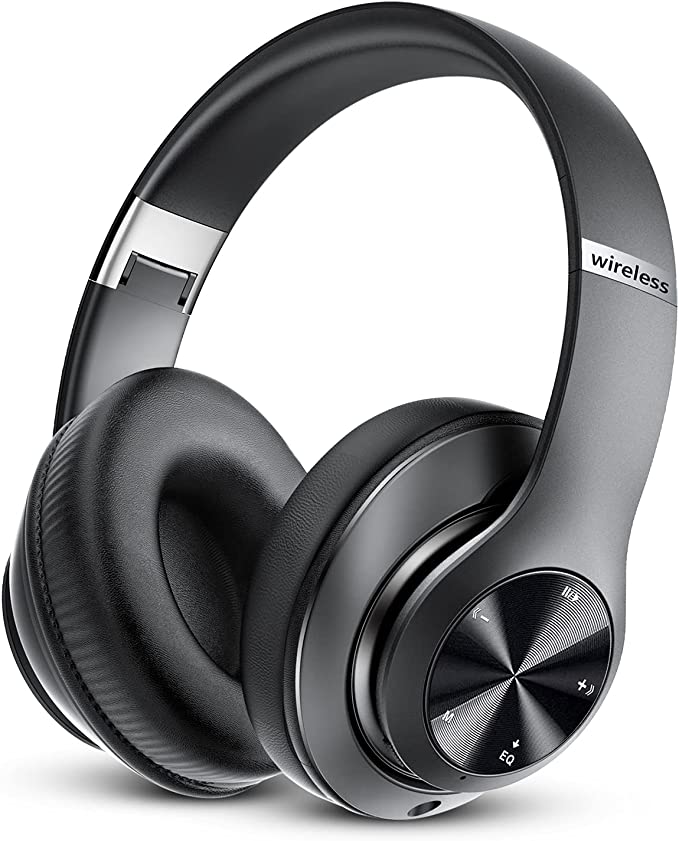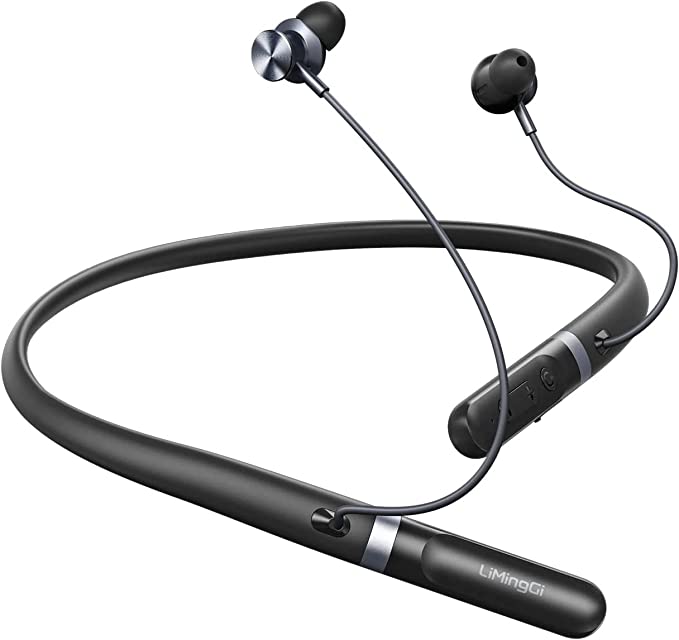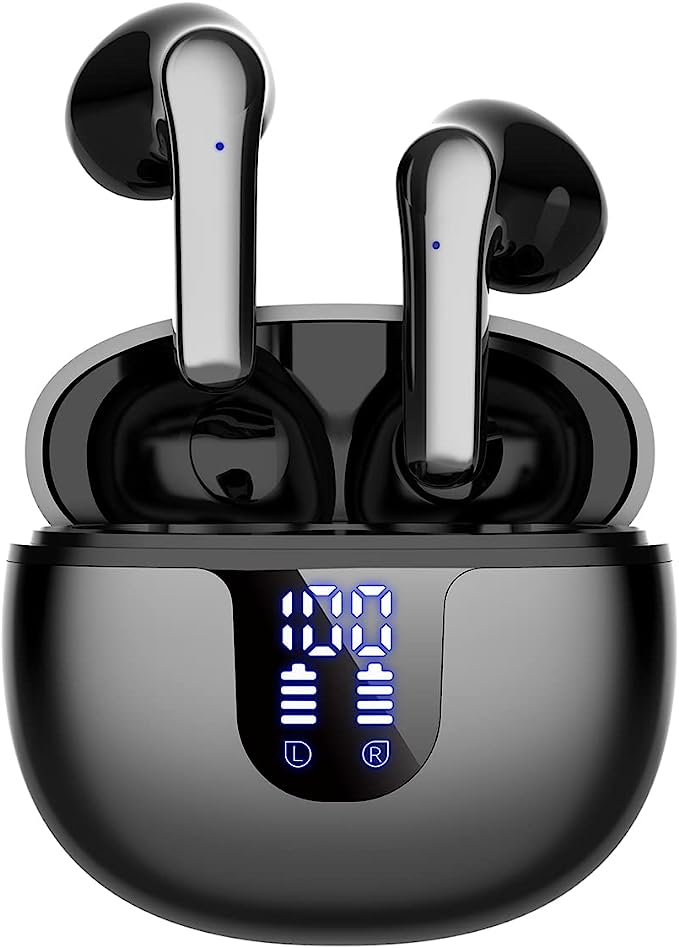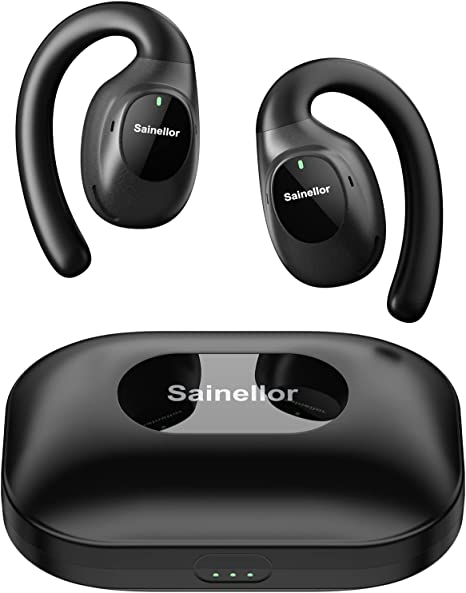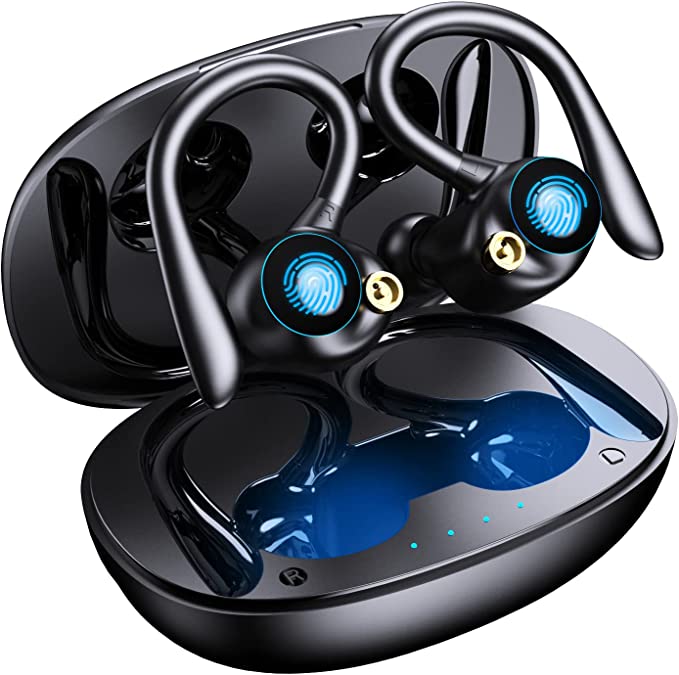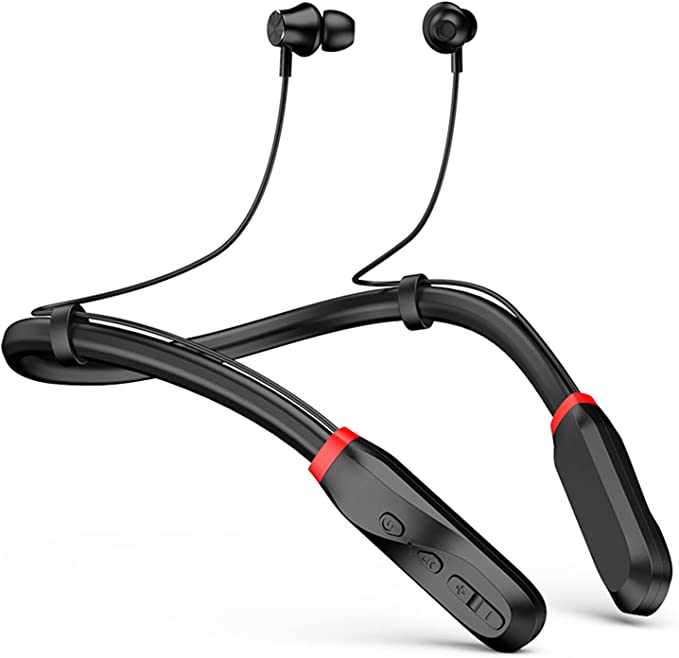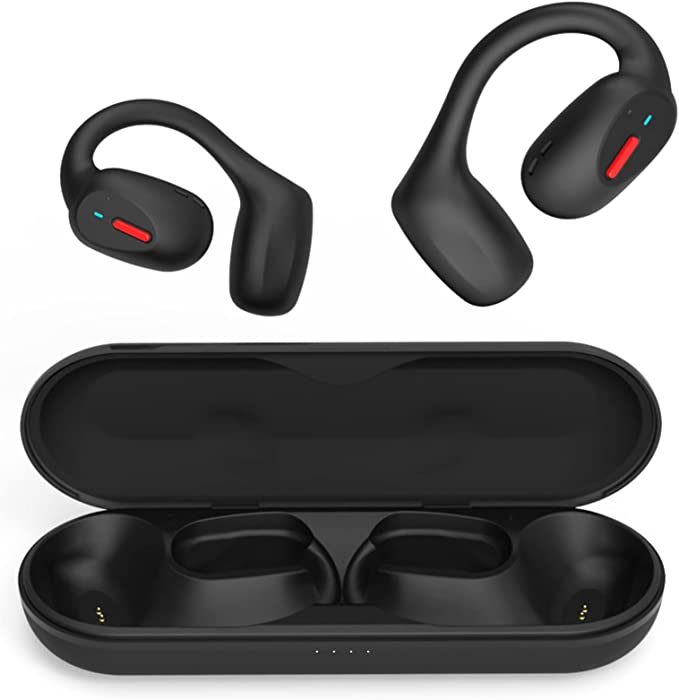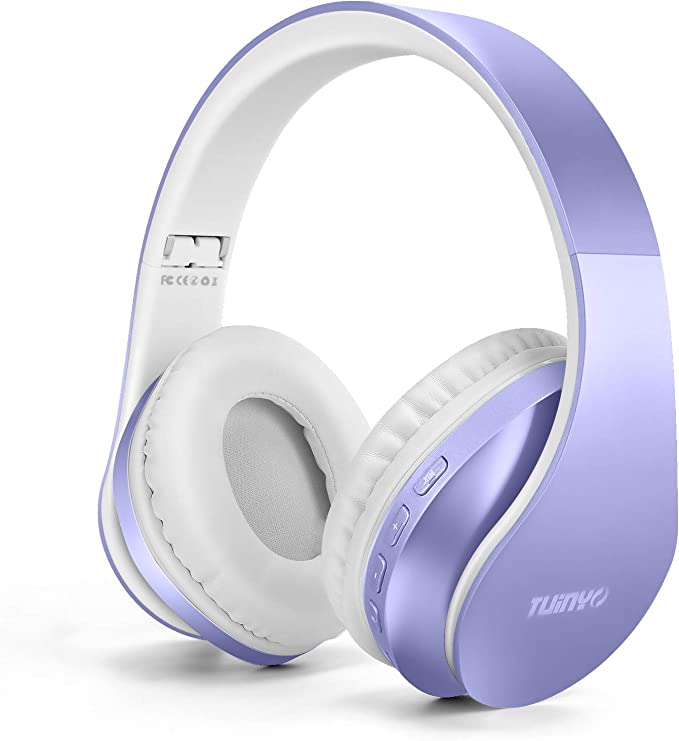The 65-Hour Anomaly: How $20 "Dumb" Headphones Beat "Smart" Earbuds
Update on Nov. 14, 2025, 10:09 a.m.
In the current audio market, we are conditioned to believe that “progress” means smaller, smarter, and more complex. We pay hundreds of dollars for tiny True Wireless (TWS) earbuds that boast active noise cancellation, AI-powered features, and spatial audio. They are engineering marvels.
They also, for a huge segment of the population, are a source of constant, low-grade anxiety. Their tiny batteries last only a few hours. Their tiny size makes them easy to lose, an expensive mistake. And for many, their “in-ear” design is just plain painful.
This is the “anti-TWS” market. And it’s why a $20 “dumb” headphone like the KVIDIO WH201A can rack up over 14,600 reviews with a 4.5-star rating.
This isn’t a review, but an analysis of a design philosophy. The WH201A is a case study in pragmatic engineering. It’s a product that wins not by being “smarter,” but by rejecting the compromises of miniaturization and focusing its entire budget on the three things users actually care about: battery life, comfort, and flexibility.

The 65-Hour Anomaly: The Engineering Advantage of “Space”
The WH201A’s headline feature is its 65-hour playtime. This is not a typo. It is the direct, physical result of its “Over Ear” form factor.
The TWS Trilemma: A TWS earbud engineer has to cram a driver, a Bluetooth chip, an amplifier, and a battery into a 4-gram plastic shell. This is insanely expensive. The battery is the first and biggest compromise, resulting in a 4-8 hour runtime.
The “Dumb” Headphone Solution: The WH201A’s engineers rejected miniaturization.
1. Space = Big Battery: The 0.44-pound over-ear design provides an enormous amount of internal volume.
2. Big Battery = 500mAh: This space allows them to use a massive, simple, and (most importantly) cheap 500mAh rechargeable battery.
3. 500mAh Battery = 65 Hours: When paired with an efficient Bluetooth 5.3 chip, this results in the 65-hour marathon playtime that users confirm with a 4.5-star battery life rating.
This isn’t magic. It’s just smart physics. The product doesn’t waste its budget on being tiny, so it can spend its budget on endurance.

The “Failsafe” Feature: Why Wired + Wireless Beats Wireless-Only
The second engineering triumph is the dual-mode (Wired + Wireless) capability. This is a direct solution to “Bluetooth anxiety.”
What happens when your TWS earbuds die? The music stops. What happens when the 65-hour battery on the WH201A finally dies (or you’re on a plane, or your device has no Bluetooth)? You plug in the 3.5mm backup audio cable.
One reviewer (“Jeffrey Bowie”) articulated this exact value proposition:
“I got these because I don’t like to have to solely rely on Bluetooth. When I’m laying in bed for the night I like to be able to plug them into my tablet… If my battery died… I would be left with no options [with TWS].”
This dual-mode is the ultimate “worry-free” feature, making it a perfect travel or study companion.

The Anti-Earbud Ergonomics: A 4.4-Star Comfort Rating
The WH201A’s 4.4-star comfort rating comes from another group of users betrayed by the TWS trend: people who find earbuds physically painful.
- The Problem: “I don’t like earbuds for that particular reason,” states Jeffrey Bowie. “Just finding earbuds that fit in my ear are constant struggle… my ear holes are just too small.”
- The Solution: The WH201A’s over-ear design uses “softest memory-protein foam” earpads. This material creates a comfortable, low-pressure seal around the ear, rather than in it. This is why users report they can “often fall asleep in them and they don’t hurt my ears.”
The space of the over-ear design also allows for large 40mm drivers, which are physically capable of moving more air to produce the “HiFi Stereo Sound” and “Deep Bass” that a tiny 6mm earbud driver struggles to replicate.

The Honest Trade-Offs
No $20 product is perfect. The 14,685 reviews also clearly define the WH201A’s limitations. * Not for “Small Heads” or Workouts: The “one-size-fits-all” headband is large. One user (“Val4007”) notes they “tends to slip off my head when I work-out and run… definitely not for smaller heads.” This is a lounging headphone, not a sports headphone. * Sound Leakage: This is not a sound-isolating product. As one user (“Braielle nevaeh”) warns, “don’t turn them up too high if you don’t want others to listen with you.” This is a common trade-off for budget over-ears that prioritize comfort over a high-pressure, isolating clamp.
Coda: The Triumph of Pragmatism
The KVIDIO WH201A is not a “Bose killer.” It is not an “audiophile” headphone. It is something far more practical: it is the “anti-anxiety” headphone.
Its 4.5-star success, driven by a 4.7-star value rating, is a triumph of pragmatic engineering. It is the physical proof that a massive market of users exists who will gladly trade “smart” features for 65 hours of battery life, gladly trade “miniaturization” for all-day comfort, and gladly trade “wireless-only” for the failsafe reliability of a wire.
It is, as one user put it, “Way better than expected… Easily worth twice the price.”

